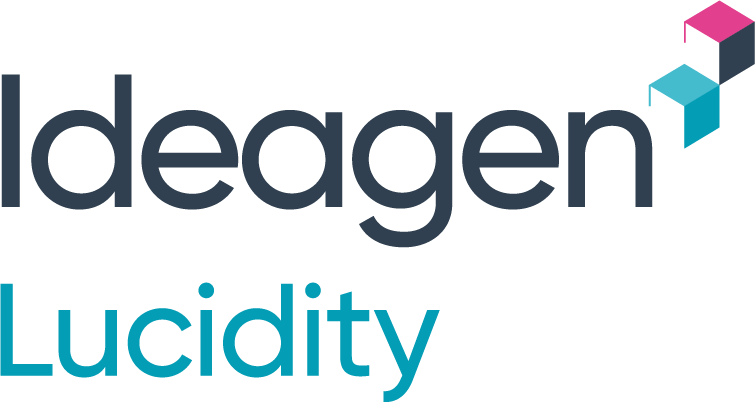When senior business executives consider implementing an HSEQ system, next to safety, there is one consideration often at the forefront of their mind. Cost.
Keeping your people safe with an integrated management system isn’t cheap. But while the main benefits for the business are focussed around increasing safety results, there are also key cost savings to offset that initial outlay.
Throughout the Send to CEO series, we’ve discussed how strong HSEQ can result in a number of these cost savings already. Reductions in employee turnover, lower incident and injury costs and less spend required on employee satisfaction measures.
But there’s another area where you can save your finance team some hair-pulling moments.
Business Insurance.
When an integrated HSEQ system is implemented across a business, it supports keeping staff safe through a number of different methods. Some of these include:
- Safety Training Programs – ensuring your staff have all the skills they need to look after themselves, their colleagues and their worksites.
- Risk Management Processes – ensuring that potential foreseeable risks are properly accounted for and controls are put in place.
- Asset Management & Maintenance – ensuring that your assets are up-to-scratch and don’t impact business downtime or cause injuries.
- Site Entry Management – ensuring that the only people allowed on your sites are those who have completed the necessary inductions and have the right qualifications.
- And many more preventative strategies.
This not only means that staff remain safe at work, but it also reduces the likelihood of needing to make an insurance claim to cover incidents or injuries. Ensuring that your business insurance should avoid uncontrollable rate hikes or premium rises due to a higher incidence of making insurance claims.
And that’s just an immediate benefit from when you introduce an integrated HSEQ system.
In the long term, the HSEQ system will not only reduce injuries and incidents, but will also help to provide your executive teams with easy access to crucial business safety data.
They will be empowered to better understand the root causes of incidents, make better business decisions based on a clearer picture of what’s happening on site and also put in place processes which have an increased rate of success at keeping people safe.
Over time, this decreases the organisation’s perceived risk which makes the business a more attractive proposition for insurers.
Because at the end of the day, insurers want to insure responsible customers.



